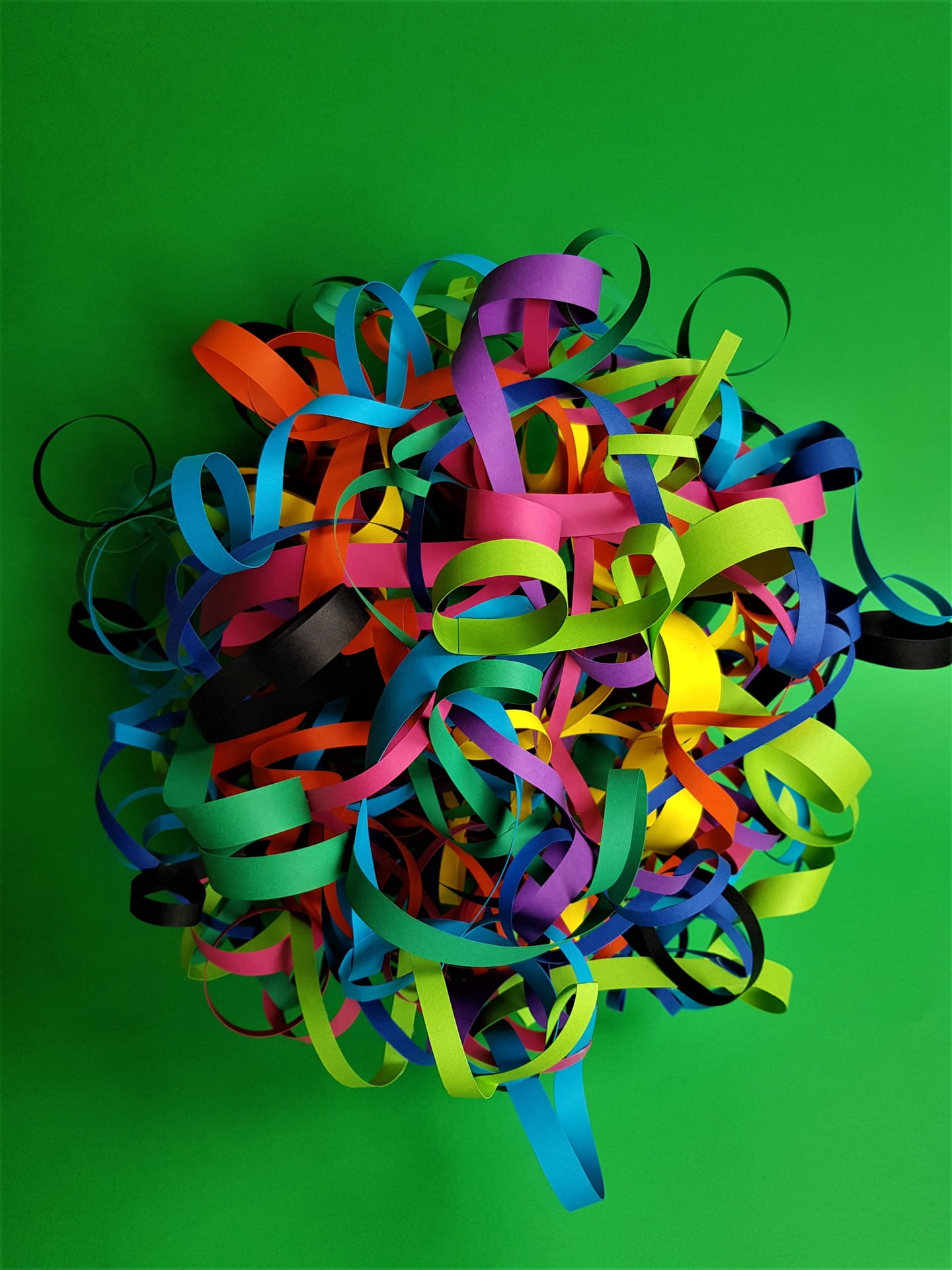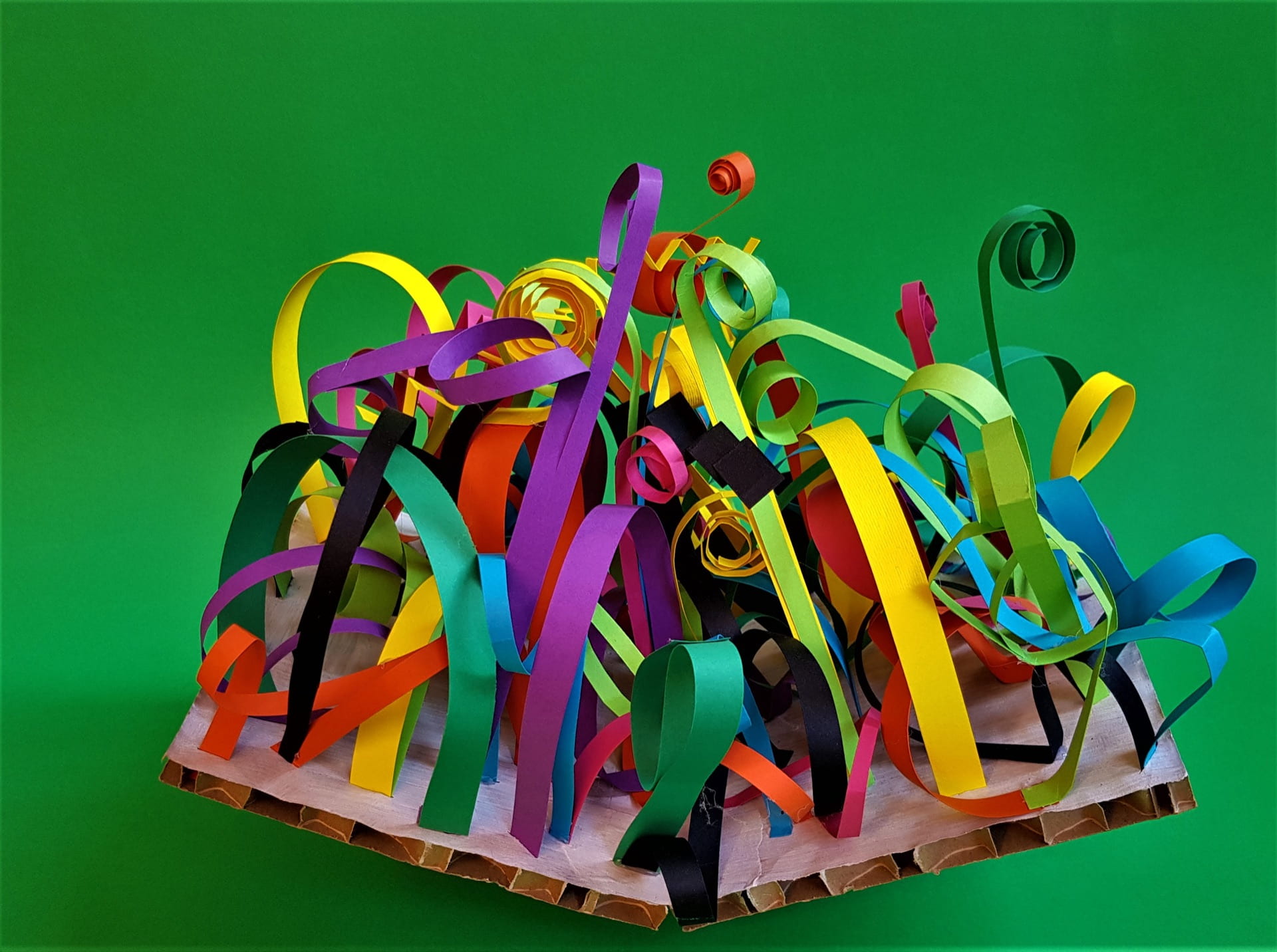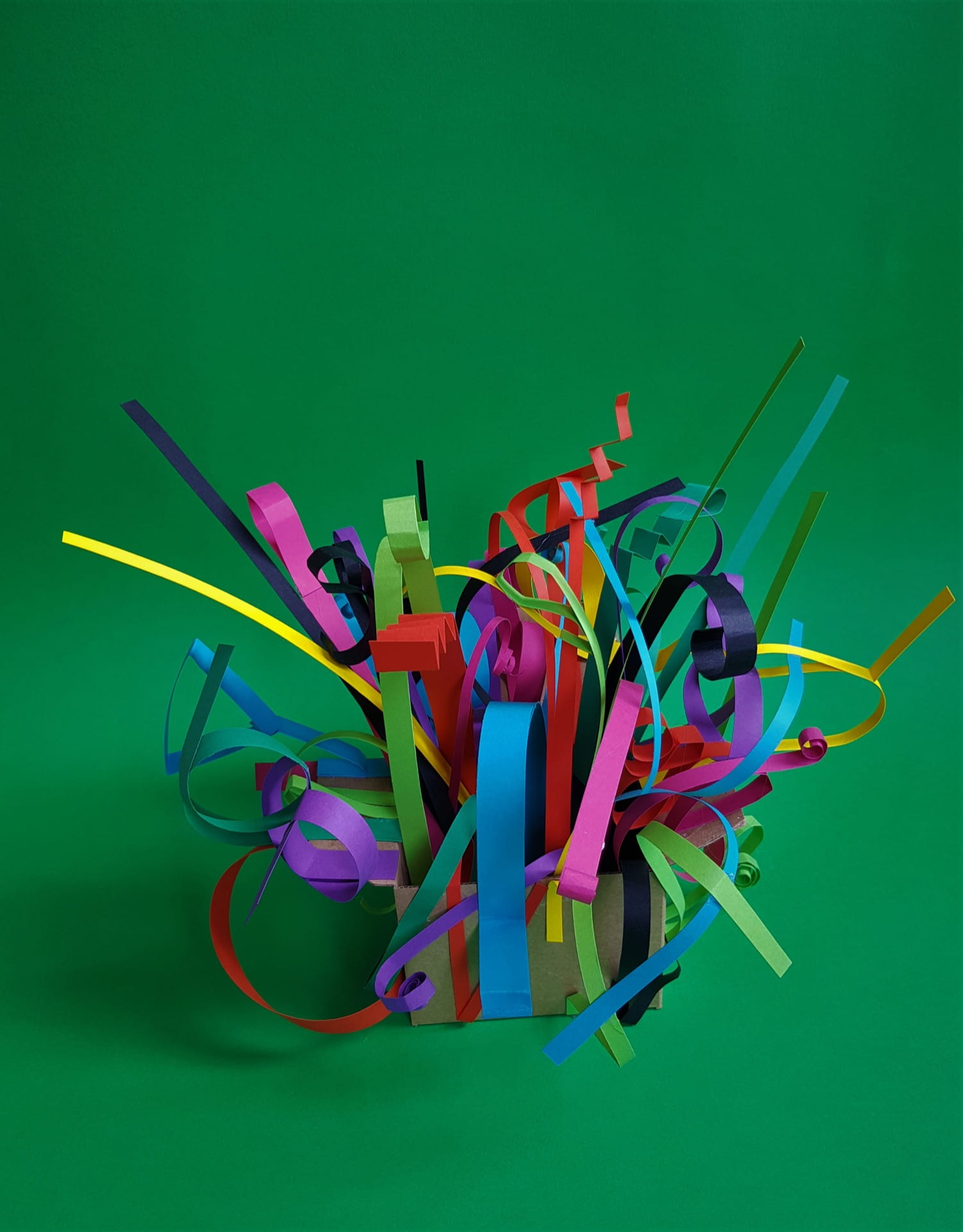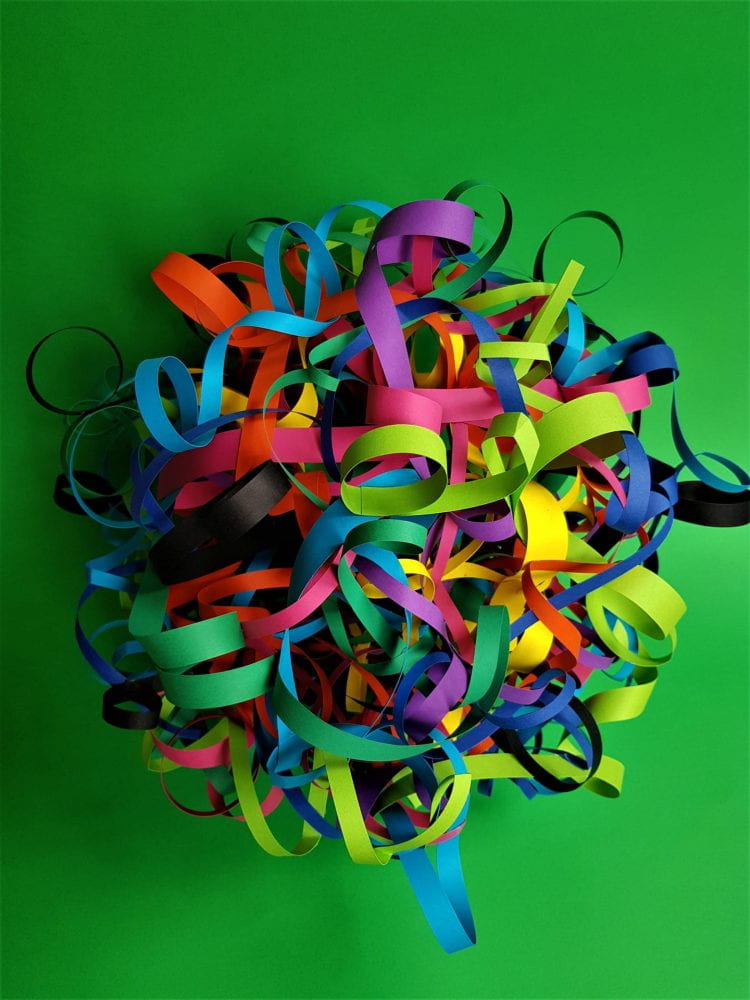What is curiosity? Do we need it? How do we feel when we experience it? Why? How many types of curiosity are there? How long does it last?
Curiosity starts with a question, as a spark sometimes in the dark. It is a characteristic of experience, the beginning, or the end, of a learning journey.
It creates furrows for our seeds of knowledge that drive us through life. It can drive us forward, keeps us back, it can launch us into unknown spaces, bend our will, create, mould, carve, float and dress who we are.
 It is informative, descriptive, and communicative. Sometimes it speaks better than words. A melody, a rhythm or just a beat. It doesn’t often stand still. We are the ones that imprison, free, or tame it. It moves to our beat. It follows and listens to that of those around us. It burns, sooths, motivates and hypnotizes us.
It is informative, descriptive, and communicative. Sometimes it speaks better than words. A melody, a rhythm or just a beat. It doesn’t often stand still. We are the ones that imprison, free, or tame it. It moves to our beat. It follows and listens to that of those around us. It burns, sooths, motivates and hypnotizes us.
Our senses take the front seat as storytellers of our adventures and explorations.
We wonder and wander.
Why do we need it? To live, survive, develop, and evolve. It is the fuel of experience that moulds our life and unfurls possibilities before they are put into practice as we design our existence. We need it to imagine, to create and to fantasize the possible amidst discovering the impossible.
As live wired creatures we have choice and choice directs our story, history, and future. Curiosity keeps a story going. It nurtures, feeds, and cultivates. As a driving force we need it to fuel our mental and physical motions, our wandering, and our conclusions. Our individual curiosity sets our pace and decides our movements whether graceful and flowing or abrupt and syncopated.
Could curiosity be underestimated or mostly estimated when it is linked to creativity? Maybe curiosity and creativity are not just linked through the creative thread but are threads that weave reality which is selected through our senses and interpreted in order to make sense…some sense and build a common sense.
A certain sense of freedom envelops curiosity. Do we feel free to ask questions? Are we free to investigate? Are we free to use our curiosity? Are we free to allow curiosity to flow freely? These are vital questions that might have some answers while other answers might be hidden within the boundaries of our individuality, our group, and our culture.
 It seems that when the world is new to us, or we see it as new curiosity thrives. But at some point, the cat comes along and is killed or at least wounded. We set our boundaries, or rather frontiers, and are required a passport when we want to cross its border. Stamps, visas, and permits stifle and crop curiosity which in some cases creeps into a dark corner. But deep inside it always looks for a light, a way out, a key or a code.
It seems that when the world is new to us, or we see it as new curiosity thrives. But at some point, the cat comes along and is killed or at least wounded. We set our boundaries, or rather frontiers, and are required a passport when we want to cross its border. Stamps, visas, and permits stifle and crop curiosity which in some cases creeps into a dark corner. But deep inside it always looks for a light, a way out, a key or a code.
The lightness of being…curious, the joy of an answered question, the magic or discovery and the breath-taking moment of accomplishment.
If curiosity was a colour it could be the light spectrum. Not just one colour but white as a combination that can be divided into many colours. The feeling of an answer could be as white as light or as black as darkness. In the Taoist philosophy of Ying Yang, black and white are never separated. They compensate and integrate. Curiosity knits our meaning making and learning into knowledge, taking imagination down the aisle, and throwing the bouquet, scattering all its components to those around. We then see the blossoms turn into new visions or dust that gets into our eyes.
 What feelings are experienced with curiosity? Yasmin Anwar (2017) cities Alan Cowen and Keltner (2017), stating that there are 27 emotions known so far: admiration, adoration, aesthetic appreciation, amusement, anger, anxiety, awe, awkwardness, boredom, calmness, confusion, craving, disgust, empathic pain, entrancement, excitement, fear, horror, interest, joy, nostalgia, relief, romance, sadness, satisfaction, sexual desire, surprise. I would add relaxation, grief, emptiness, and fulfilment. Imagine if each one of these feelings were to intertwine our reality, what would it look like? How many loose ends would there be? They would join with others around us creating a tapestry, a world wide web or a wonderous weaving spool of multicoloured threads. Or could it look like our mind with its connections and plasticity?
What feelings are experienced with curiosity? Yasmin Anwar (2017) cities Alan Cowen and Keltner (2017), stating that there are 27 emotions known so far: admiration, adoration, aesthetic appreciation, amusement, anger, anxiety, awe, awkwardness, boredom, calmness, confusion, craving, disgust, empathic pain, entrancement, excitement, fear, horror, interest, joy, nostalgia, relief, romance, sadness, satisfaction, sexual desire, surprise. I would add relaxation, grief, emptiness, and fulfilment. Imagine if each one of these feelings were to intertwine our reality, what would it look like? How many loose ends would there be? They would join with others around us creating a tapestry, a world wide web or a wonderous weaving spool of multicoloured threads. Or could it look like our mind with its connections and plasticity?
Who are curiosity’s accomplices: imagination, surprise, awe, interest, creativity, cognition, thinking, meditation, fear, horror, desire, disgust, elation, and our insatiable drive to know more whether in depth or width.
Curiosity is born with us and dies with us. We carry it all life long and pass it on. Some questions don’t have permanent answers, but chapters written as humanity moves in time.
When we wonder we wander and when we wander we wonder.
Can we imagine curiosity as a mental wanderlust?
References
The Five Dimensions of Curiosity How are you curious? by Todd B. Kashdan, David J. Disabato, Fallon R. Goodman, and Carl Naughton 2018.
https://hbr.org/2018/09/the-five-dimensions-of-curiosity
Emoji fans take heart: Scientists pinpoint 27 states of emotion
By Yasmin Anwar
https://news.berkeley.edu/2017/09/06/27-emotions https://www.pnas.org/content/114/38/E7900.abstract



